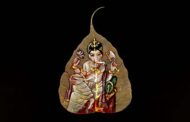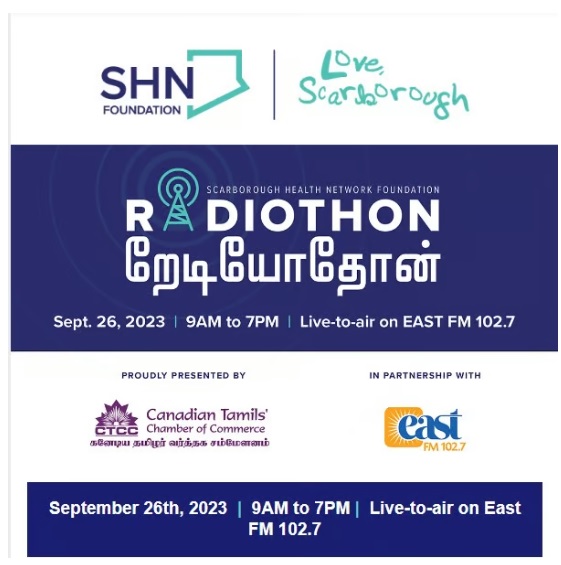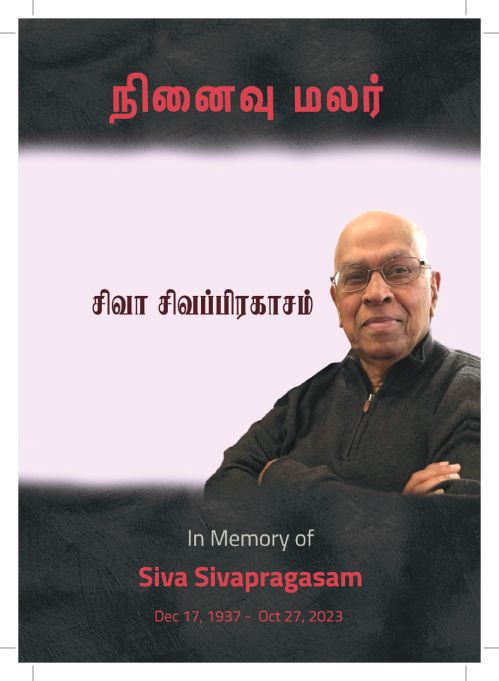By: J A Rajah
Palmyrah palm is a common palm found in the North and to some extent in the eastern parts of Sri Lanka. There are an estimated 11 million trees most of them are found in the provinces of Jaffna, Mannar, and Killinochchi. It is found in almost every home in rural areas and has become a symbol of Tamil culture. It has a variety of uses. They are a source of timber, roofing, leaves for roofing, fencing, material for handicrafts, fiber for making ropes, and sap for drinking. The kernel of the Palmyrah fruit (Nungu) is eaten as a delicacy and a favorite of the young children in Tamil homes. The juice of the palmyrah tree is tapped and fermented to produce toddy-a popular alcoholic drinks in the Northern provinces of Sri Lanka. One could find several huts where it is sold to the public-Anaikkoddai and Keerimalai are famous the well tapped toddy-cheap, nutritious and an excellent source to quench the thirst on warm summer days. The ‘Koovil ‘ taverns at Keerimalai and the ‘P.K. Huts at Anaikkoddai are well sought out by crazy toddy drinkers. P.K refers to the ‘pamparakannale’ song they sing after taking toddy. There are several young lads who make special trips to enjoy the toddy season in Jaffna from Colombo and other areas in the south. The young palmyrah roots are high in calcium and are eaten as a snack and ground (dried roots) to make flour for porridge called ‘Kool”. Khool parties are common in Sri Lankan homes and it is a special supplement at liquor sessions. Even in Toronto, the root flour is got down by enthusiastic consumers for use at these sessions. Jaggery is also made from unfermented palmyrah toddy, called ‘Karupanni’. ‘Karupanni’ is a very sweet drink that is used as a curative for those suffering from Measles, Chicken-pox, and smallpox. “Pinnadu’ is another snack made from palmyrah fruit extract and sold in markets. Now is available in Tamil grocery shops in Toronto. The extract of the palmyrah fruit is also available in Tamil grocery stores and some of our people use it to make panangaipaniyaram or snack. It is also sold in Tamil restaurants here. The palmyrah palm has also found a place in Tamil culture as the proverb: “Thinnaithunnainanmaipettalathaippanaithunaiahakkruthavendum’- If any one grants you a millet size of goodness, you must consider it as big as a palmyrah palm.

The Palmyrah Development Board promotes a range of products from shopping bags to other handicraft products used commonly in Tamil homes. Some of the products are ‘Ummal’, ‘Kadakam’, ‘Paai”, ‘Peddi’. These are containers used for a variety of purposes. ‘Ummal’ is used for buying fish in the market. ‘Paai’ is a mat used for sleeping in village areas. It is also laid to seat visitors at village homes. ‘Kadakam’ and ‘Peddi’ are containers used to keep rice, flour, and other such dry food materials.
Palmyra palm is such a valuable tree that in places like Delft and other village areas they were given as dowries for girls when they get married. The variety of its uses has made it such a valuable asset that rural people used it as an investment for newly married couples. Its trunk is used as a well-sweep by farmers to draw water from wells to irrigate their plants. Two or three guys get on to the top of the ‘Thula’ to draw out the water in large quantities to direct water to the fields. The planks made out of the tree are used in housing construction. The roof frame is made of these planks and in some cases, palmyrah leaves are used to cover the roof. Masons and workmen who build houses also use palmyrah planks to make ladders to climb up and engage in building work.

A large number of palmyrah trees were destroyed during the civil war during the confrontation between the Sri Lankan army and the militants. The public cut down trees to build bunkers to protect themselves from cell attacks and bombings. After the war was over there were efforts made to replant them in some areas. The Department of Agriculture of the Provincial government was engaged in the replantation work. Now that the Provincial governments are not functioning the Palmyrah Development should be able to take over the project and plant palmyrah seeds wherever they are needed. It is indeed a life-giving palm for the people mainly in rural areas.














